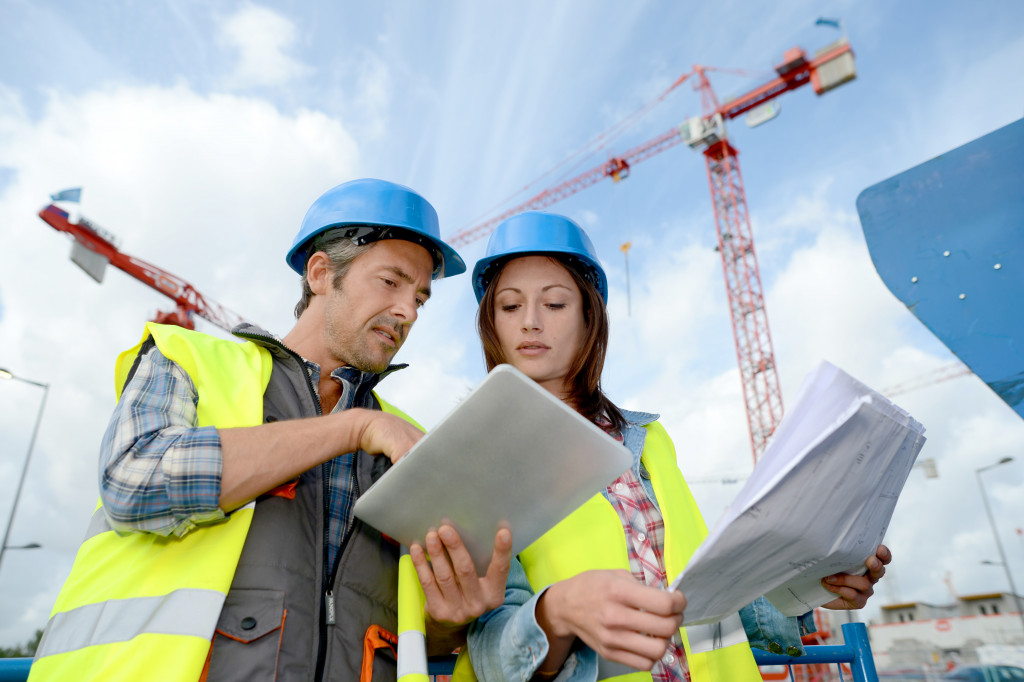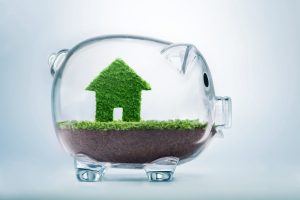- Eco-friendly construction is essential for protecting the environment and conserving resources.
- Eco-friendly construction can also help save costs by decreasing energy consumption and labor time while increasing efficiency.
- Green certification programs can also help with demonstrating a commitment to eco-friendly practices.
- Every business should do its part by implementing eco-friendly practices whenever possible.
In today’s world, more and more companies are turning to eco-friendly practices to reduce their environmental impact. The construction industry is no exception. With the proper knowledge and tools, construction companies can adopt green practices that protect the environment, reduce costs, and increase efficiency. But why does it matter? Let’s take a look at some of the reasons why eco-friendly construction is so important.
Why Eco-Friendly Construction Matters
The construction industry has an immense impact on the environment, from air pollution to water contamination. By using sustainable practices, such as energy-efficient building materials, renewable energy sources, and green building certification programs, construction companies can help protect our planet from further damage. Additionally, eco-friendly practices can reduce costs by decreasing energy consumption and waste production while increasing efficiency by reducing labor time.
How to Implement Eco-Friendly Practices
The construction industry has a significant impact on the environment. It is responsible for nearly 40% of global carbon dioxide emissions and uses up to 70% of global natural resources. As such, the construction industry must reduce its environmental impacts and become more sustainable. Fortunately, there are a variety of eco-friendly practices that can be implemented to make the construction process more eco-friendly.
Energy Efficiency

One of the best ways to reduce your environmental impact is to ensure your construction project is as energy efficient as possible. This means incorporating energy-efficient building materials into your project, such as insulation and windows with low U-values and reflectivity ratings.
Additionally, you should consider installing renewable energy sources such as solar panels or wind turbines. Also, energy-efficient lighting and mechanical systems can help reduce your electricity costs. These renewable sources can significantly reduce your reliance on non-renewable fossil fuels, thus reducing your overall carbon footprint.
Proper Equipment Maintenance
Proper equipment maintenance is one of the best things you can do to reduce your environmental impact. This means regularly inspecting and maintaining all machines and vehicles used on construction sites to reduce emissions, fuel consumption, and waste production.
If the machines start to show signs of wear and tear, heavy equipment repair should be scheduled to ensure that the machines run as efficiently as possible. By taking care of your heavy equipment, you can reduce fuel consumption and emissions and extend the life span of your machines. When the equipment used in the construction process runs efficiently and effectively, it will reduce waste production and labor time, thus increasing efficiency.
Reducing Waste

Another way to make your construction project more environmentally friendly is to reduce waste during the building process. This can be achieved by using recycled materials wherever possible, as well as ensuring any waste material produced is properly disposed of or recycled instead of ending up in landfills. Additionally, consider implementing a waste reduction plan that outlines how much waste should be generated during each stage of the project and what methods should be used for disposing of any excess materials.
Sustainable Building Practices
You should consider investing in sustainable building practices such as green roofs or passive cooling systems. Green roofs provide insulation while also helping capture rainwater and reducing runoff from buildings; they also help reduce urban heat islands caused by large expanses of impermeable surfaces such as asphalt or concrete.
Passive cooling systems use natural ventilation techniques instead of relying on air conditioning systems; this reduces the need for electricity while still providing comfortable temperatures inside buildings.
Green Certification Programs
One way to ensure your construction project is as green as possible is to participate in a certification program. Green building certifications are awarded by independent organizations and measure the environmental performance of buildings across various categories such as energy efficiency, water consumption, indoor air quality, and waste management. A green certification can help attract more customers, give your company more credibility, and increase efficiency by reducing energy consumption and waste production costs.
Final Thoughts
Eco-friendly construction is becoming increasingly important for both businesses and the environment alike. By utilizing sustainable materials, investing in renewable energy sources, and pursuing certifications like LEED or BREEAM, construction companies can make sure their projects positively impact the planet while also saving money and increasing efficiency. Ultimately, it’s up to every business in the industry to do their part by implementing eco-friendly practices whenever possible—because every little bit counts!






